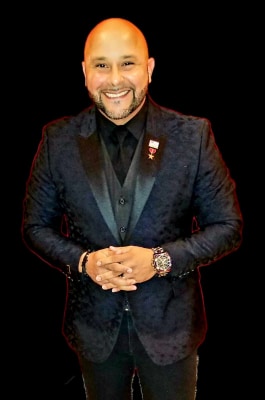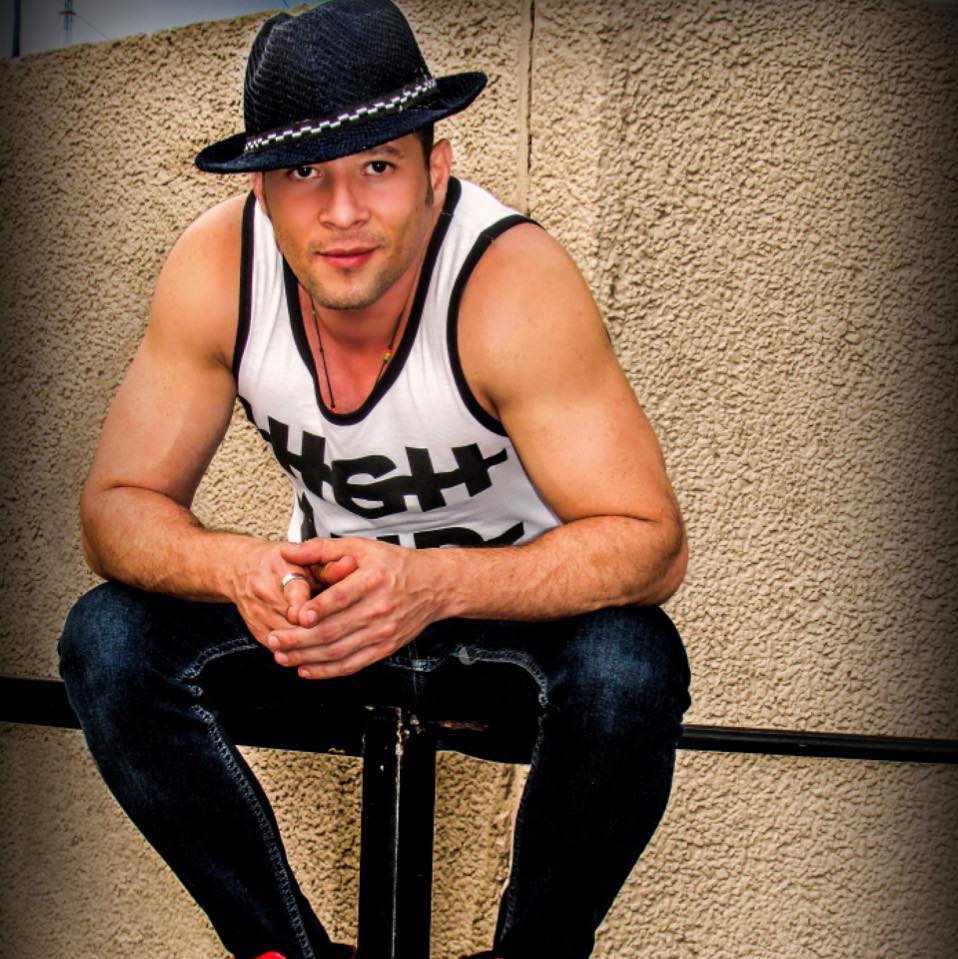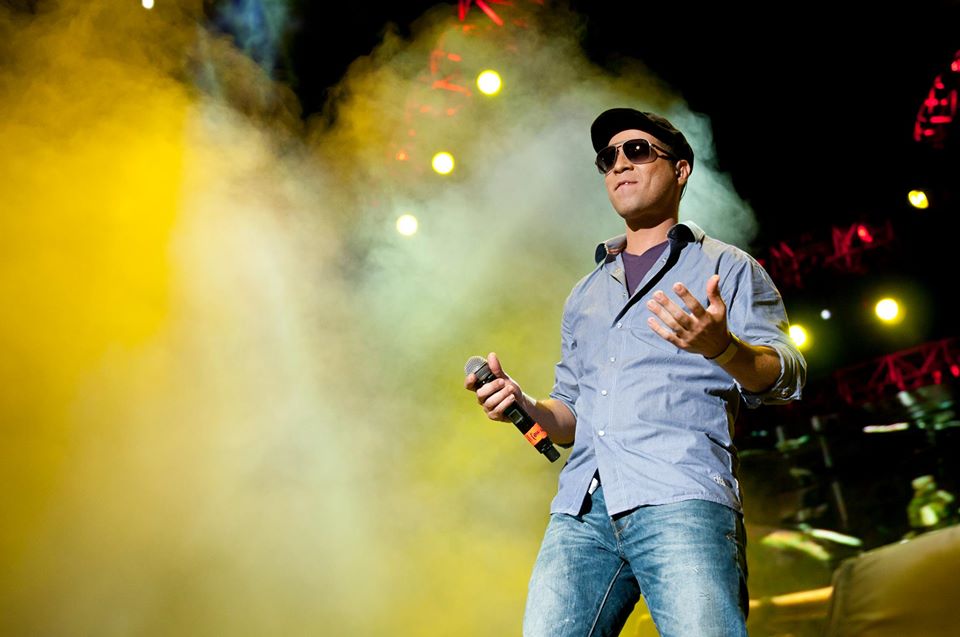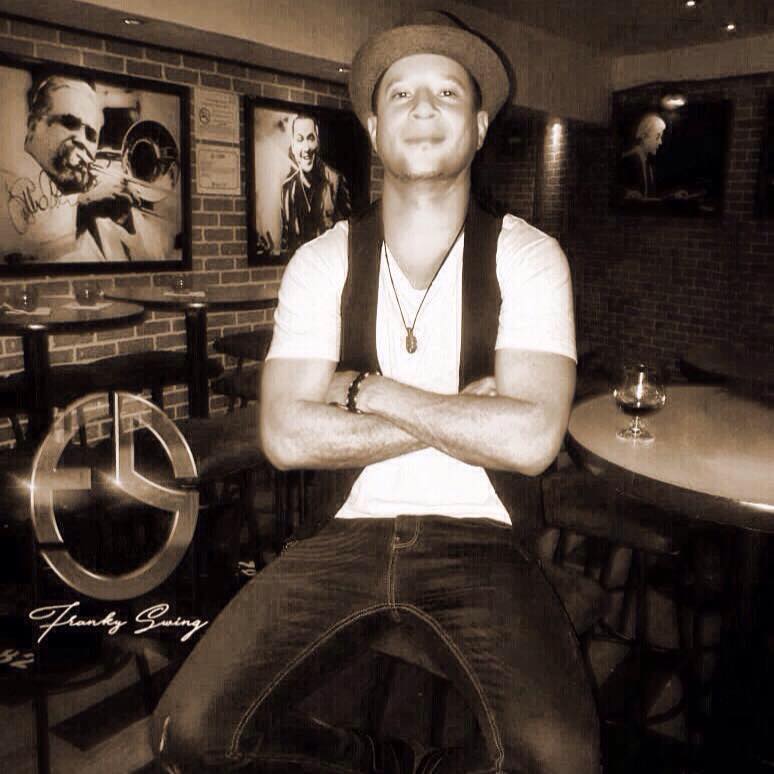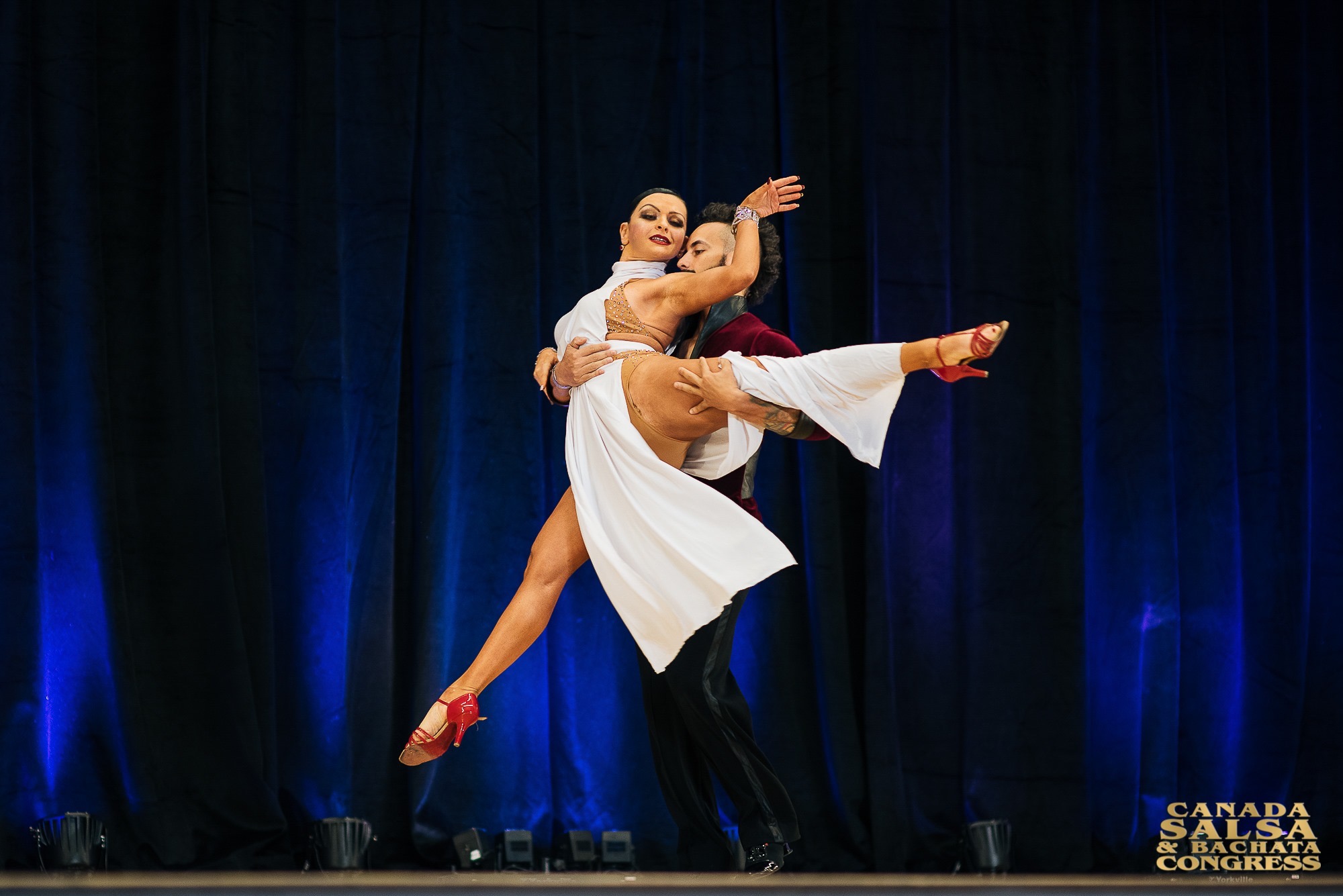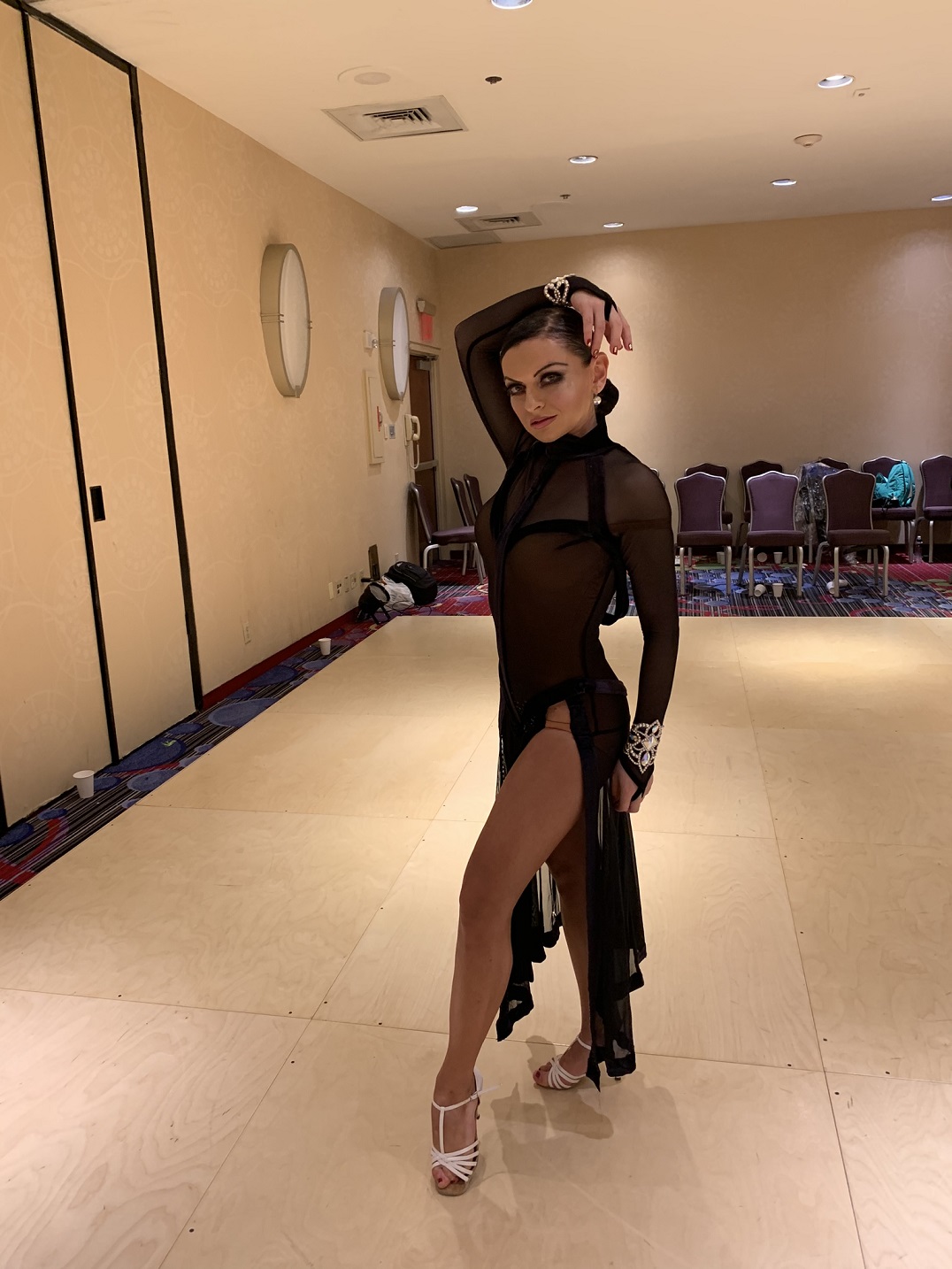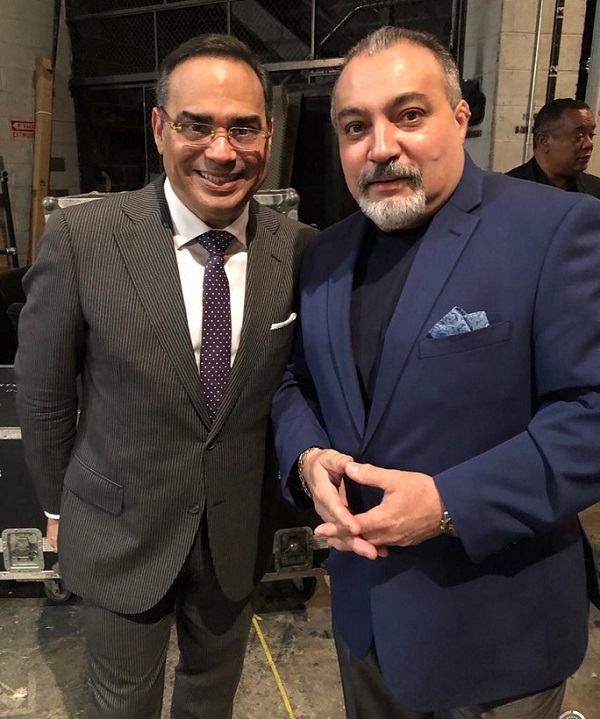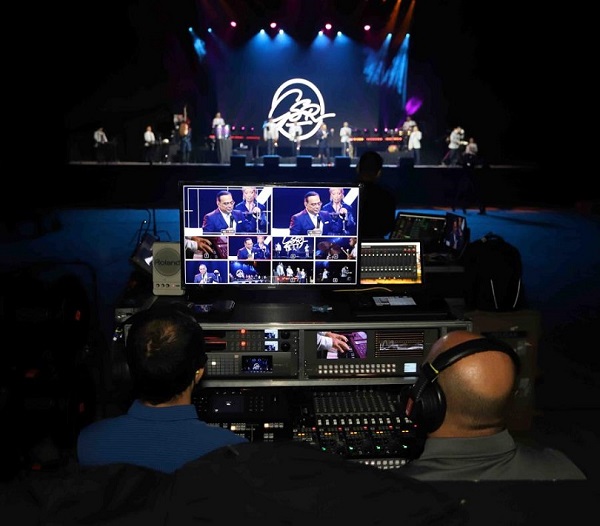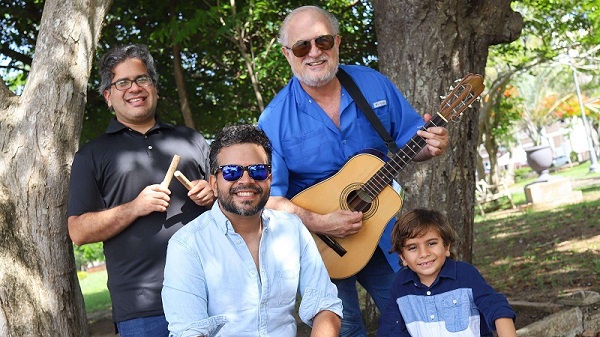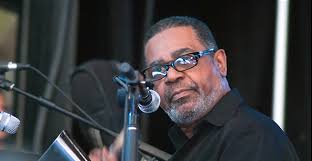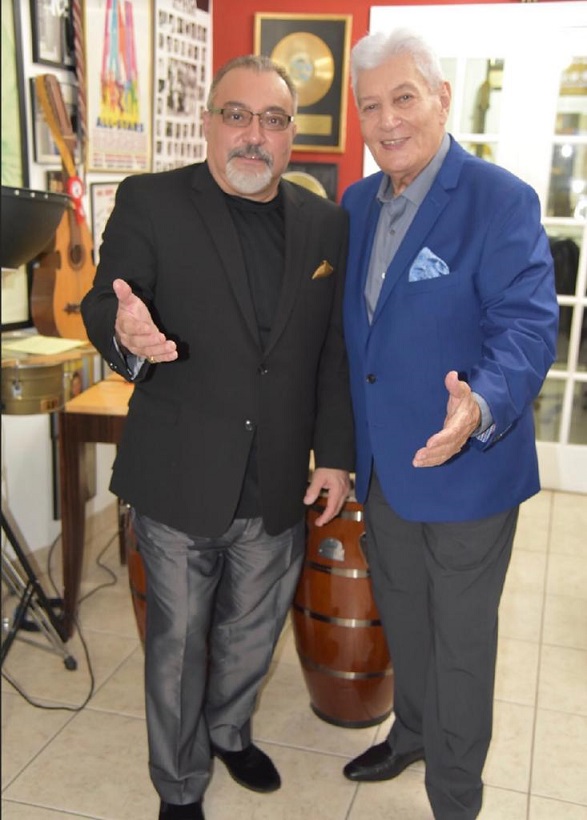Edwin El Calvito Reyes, Winner of the Paoli Prize 2019, as Tropical Revelation of the Year
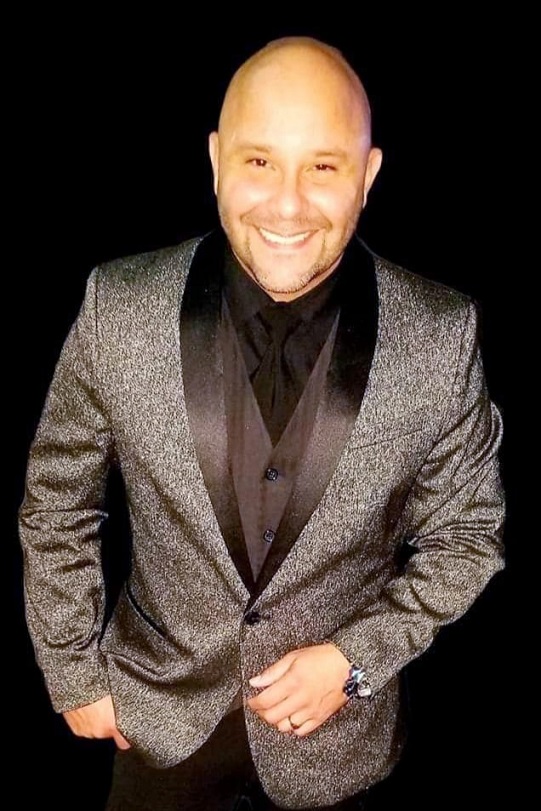
Undoubtedly, today, considered by legends and colleagues of the salsa genre, as one of the fastest growing exponents, projecting and establishing its brand, at a firm pace and worldwide; Winner of the Paoli Prize 2019, as Tropical Revelation of the Year, he is Edwin “El Calvito Reyes”.
Born on April 19, 1974, he had his childhood in a humble 20-foot-square wooden house and graduated as an Electrician from the Higher Vocational School in his beloved Trujillo Alto in May 1992.
He then graduated with studies in Tele-Communication at the University of the Sacred Heart of P.R. This 2020, “El Calvito” is scheduled to finish his Master of Science, with a major in Entertainment Business, at Full Sail University in Orlando, FL. (Entertainment Business, Master of Science).
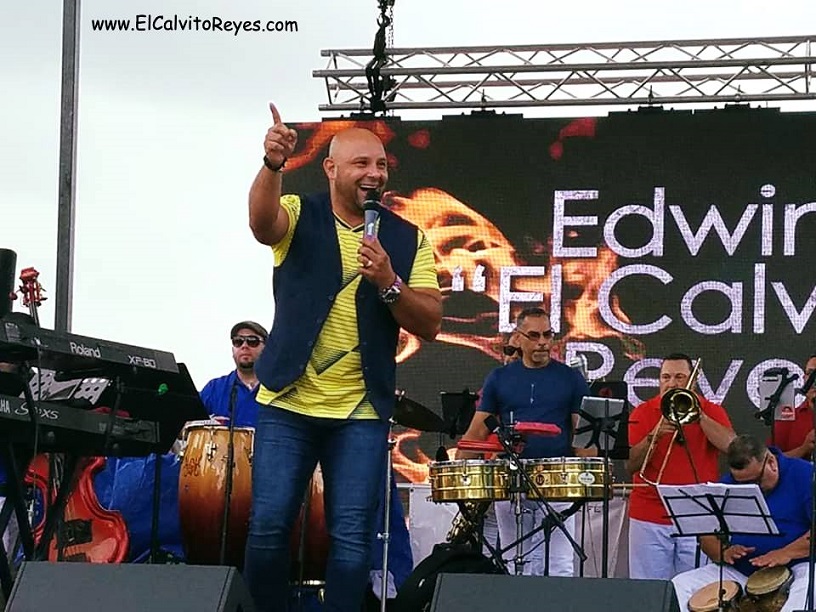
Although in OCT 2018, it was his first appearance in the world, with his own musical proposal, “El Calvito” has a career and / or musical history, of more than 25 years, which began to the tune of Plena in his native Trujillo Alto.
Since childhood, music has been his passion. Edwin continued to show his leadership and passion for music, and already in 1993, Edwin began to make himself known in his hometown with PLENA, keeping the culture and tradition of a people alive. As early as 1996,
Edwin joined the US Army and, in his spare time, began singing salsa, thanks to Mr. Víctor París and Mr. Godreau “Papo Salsa” who offered him the first opportunity to share his talent with the community of Hinesville, Ga in 1996, singing salsa classics.
Since then, “El Calvito” has been performing all genres of Latin music in the United States; Never leaving behind its origin, nor its vision.
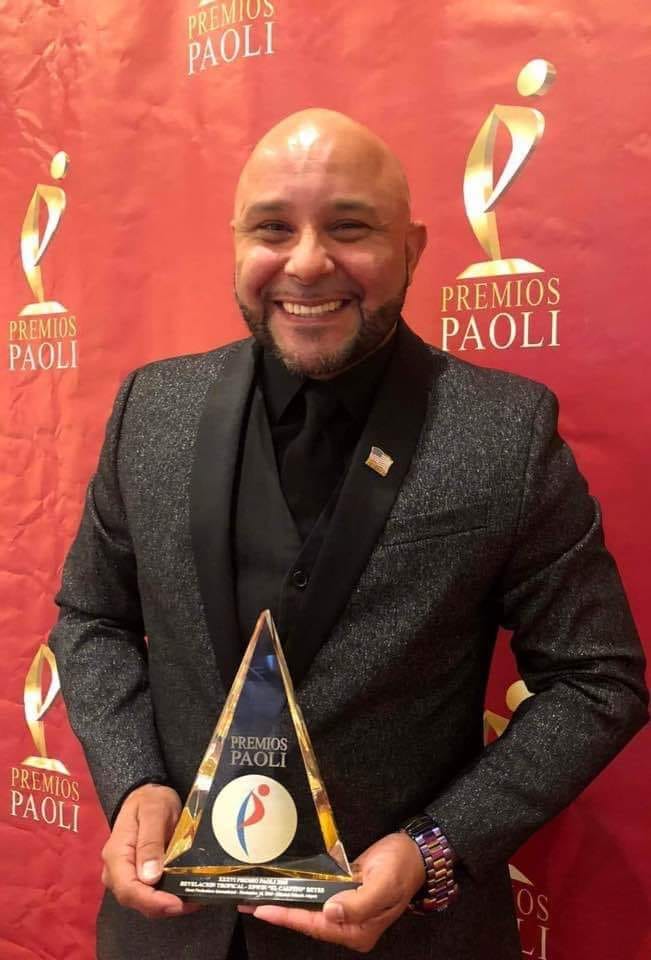
“El Calvito” Reyes has several many LIVE SALSA performances in South Korea and the Middle East (Iraq, Afghanistan, Kuwait, Turkey), with more than 10 thousand soldiers (combined count) dancing to the rhythm of live music, relieving all types of stress in combat and highly raising their morale. A genuine leader, who brings that same leadership to the sauce in a very entertaining way.
Over time, thanks to Sergeant Alberto Sánchez and Sub-Officer Carlos Negrón, he joined the Official Salsa Orchestra in the U.S. Army (LATINO CONJUNTO DEL ARMY DE USA), to later become the officer in charge of it.
An Officer who, for 6 consecutive years, was personally tasked with selecting and forming the Only Latin Music Orchestra, ever assembled, in the US Army, whose purpose was to act for dignitaries and personalities (Michelle Obama, Hillary Clinton, Jennifer López, Olga Tañón, Vicente Fox, etc.), within the National Conventions of the League of United Latin American Citizens (LULAC) and Annual Presidential Galas. Clearly leaving an immense legacy in that difficult world. Also, El Trujillano is one of the few salseros in the world that has been able to perform live at the Seoul Olympic Stadium in South Korea.
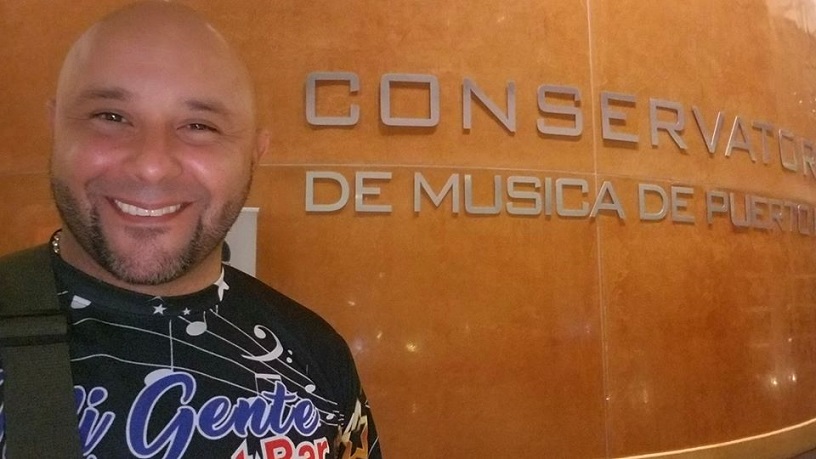
Immediately after that performance, “El Calvito” performed in 2012, at the Asian Salsa Congress, where dancers from around the world gathered to compete along the rhythms of their music in the course of an extravaganza of 7 days.
He is an artist without equal. After 22 years of active military service, including more than 65 months accumulated in combat, “El Calvito” Reyes has established his own brand, appearing before a large number of people throughout the American country and Puerto Rico. “El Calvito” is a true warrior and avant-garde in this new era of salseros that will surely keep them dancing from start to finish.
Don’t wait for the magic call. He seeks his own, very professional, and has earned the respect of many employers, DJs and Promoters around the world, for his kindness, professionalism and above all his show.
In this past March 2020, “El Calvito” was one of the guests of honor for one of the Bailables prior to the National Day of Zalsa in Puerto Rico, sharing the stage with greats such as NG2, N’Klabe, Carlos Javier, and Abrante, as well as, Julio Badillo and the Salsa Stars, Julio López, Kayvan Vega and many more, making their music shine by its own light and gain the respect and admiration of several present, the international press and their colleagues.
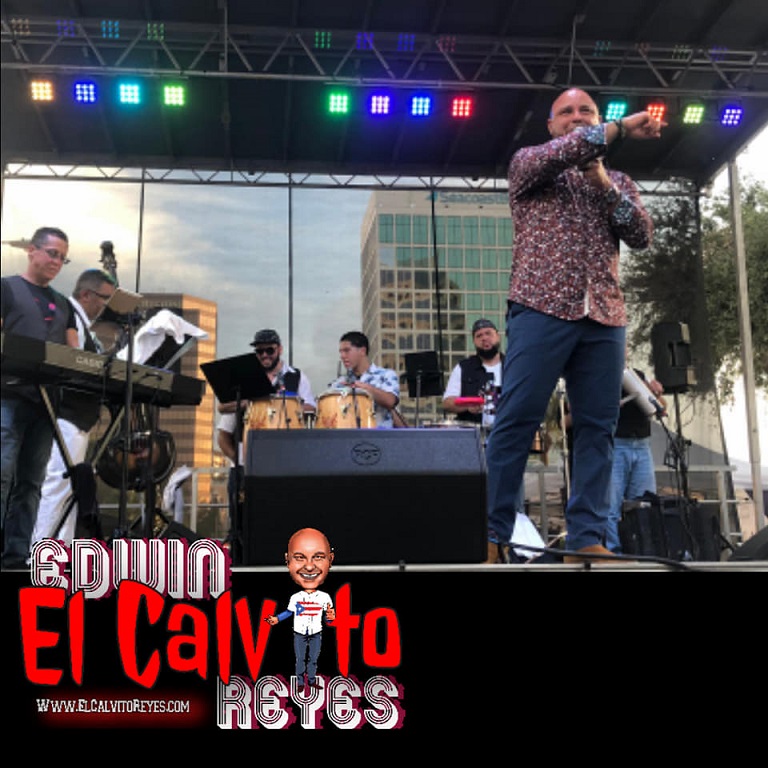
Also, Edwin is part of the first star cast to perform at the FIRST NATIONAL DAY OF LA ZALSA in ORLANDO, FL, alongside stars like Willie Rosario, Eddie Palmierie, India, Jerry Rivera, Grupo Niche and many more “El Calvito” does not stop here, as he has also been chosen to be a fundamental part of the 22nd Anniversary of the Salsa Cruise, along with stars such as Maelo Ruiz, Luisito Carrion, Andy Montañez, Grupo Gale, Grupo Niche and Chino Núñez.
Publicly blessed by Legends such as TITO NIEVES, TITO ROJAS, TITO ALLEN, BOBBY CRUZ, CHINO NÚÑEZ, LALO RODRIGUEZ, WILLIE ROSARIO, PAQUITO ACOSTA LUIS GONZALEZ “EL TSUNAMI”, among others, confirms Edwin “El Calvito” Reyes, as a S Today, at the level you deserve.
Since it came out live on OCT 2018, “el Calvito” has not stopped shining in its own light. Now, he celebrates the worldwide successes of his latest songs, “QUIERO BAILAR CON ELLA”, “TOCALE LA MOÑA”, “MI RITMO SE LLAMA” ZALSA “,” MI TIERRA QUERIDA ”SONEROS DE SANGRE NUEVA, and the most recent SO CALLED THE COUNT.
So what’s next for Edwin “El Calvito” Reyes? “Work hard, with honesty, respect and dignity, in favor of the genre of salsa, in general. Stay humble, loyal to my followers and, of course, continue with my faith in God.
Edwin “El Calvito” Reyes The music of our Hispanic brother and Boricua, Edwin “El Calvito” Reyes is found on all digital platforms (CD Baby, iTunes, Spotify, Amazon, Google Music, YouTube Music, etc.) His music continues to occupy prestigious positions on Global Radio.
Edwin “El Calvito” Reyes has a high reputation, as a truly dedicated human being, passionate about contributing to the salsa genre, who studies and respects the genre’s pioneers and their contemporaries.
With an energy on stage that will make you dance from start to finish. Also, as a person who provides a great environment with his leadership and professionalism, with Latin Music for his communities, but above all, as a family man; and of faith.
